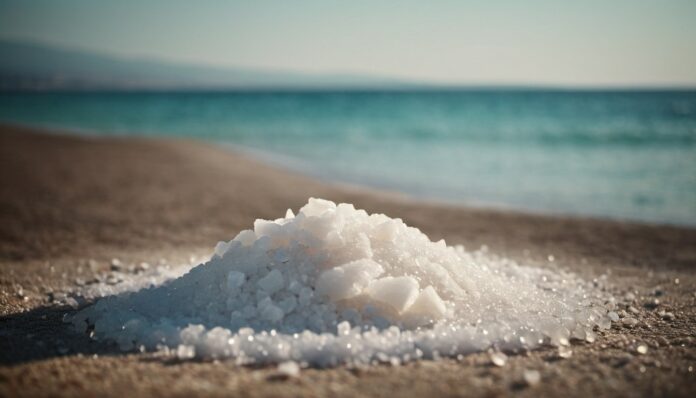Two-thirds of the Earth’s surface is covered with water, and 97% of that is salty seawater. Only 3% of the planet’s water is fresh, but 2% of it is frozen in ice caps and soil. This leaves less than 1% of liquid freshwater in rivers, lakes, and streams. But why is there such an uneven distribution of water, and what makes seawater salty?
Water moves through a specific cycle. It evaporates from bodies of water into the atmosphere, falls back to Earth as precipitation, and then returns to the atmosphere once more. But if rain is fresh water, when does salt enter this process? In fact, precipitation contains small amounts of chemicals: carbon dioxide and sulfur dioxide, which are absorbed by water while it is still in the atmosphere.
This means that rain is actually a weak acidic solution. When raindrops hit the ground, this weak acid can dissolve small amounts of mineral salts from rocks, which then enter rivers.
But if rivers and streams carry dissolved salts, why are they considered fresh? In reality, they contain very low levels of these substances. Salts have been accumulating in the seas for billions of years, and seawater contains about 300 times more dissolved salts than river water. Each liter of seawater contains about 35 grams of dissolved salts, while a liter of fresh water contains only 0.5 grams. Some salts also enter the seas from hot springs on the ocean floor and from volcanoes on land and sea.
However, it is important to understand that the sea does not become saltier each year. Some minerals are absorbed by algae and animals, and others are deposited as sediment on the ocean floor. Thus, the salt entering the seas from rivers maintains a balance.
